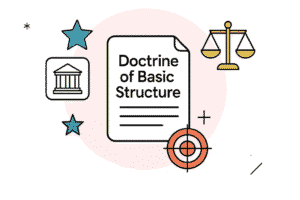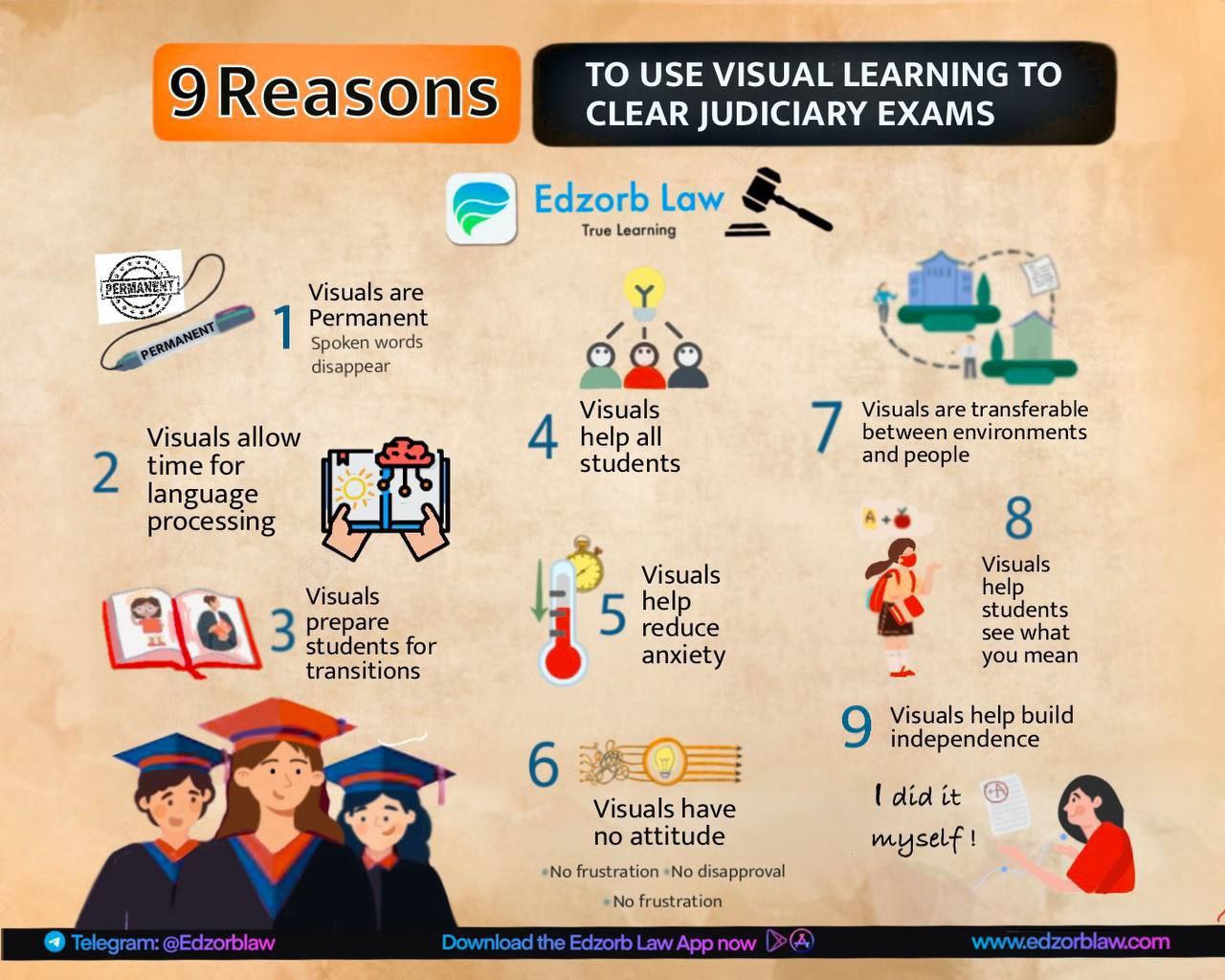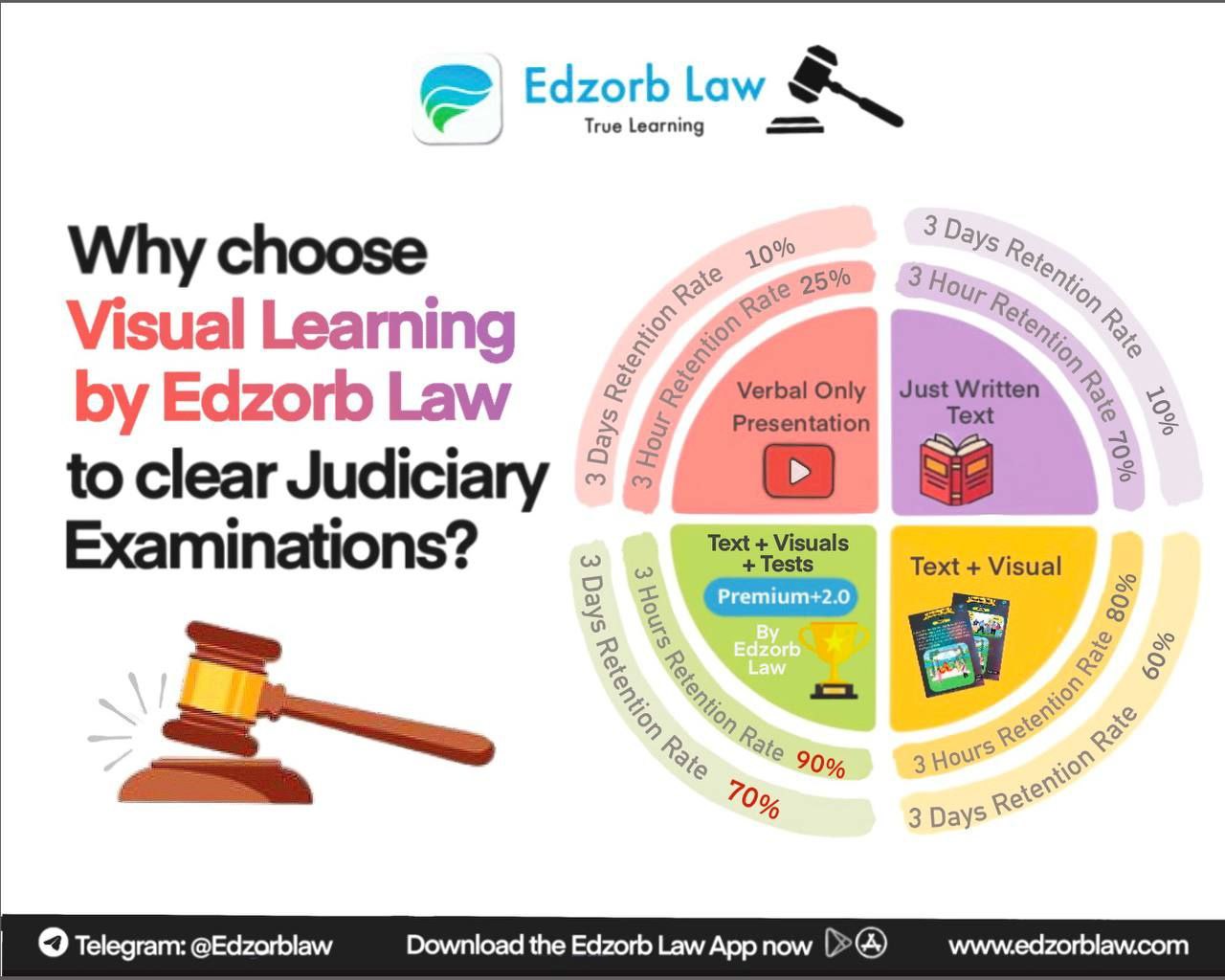Statutory interpretation forms the backbone of judicial reasoning, acting as a crucial bridge between legislative intent and its practical application. It allows the judiciary to give meaning to statutes and ensures that laws are applied in a manner consistent with their original purpose.
Let’s explore the key principles of statutory interpretation along with notable case law examples to understand how they function in real-world scenarios.
Literal Rule

Definition:
The Literal Rule mandates that words in a statute be given their ordinary, grammatical meaning. Courts must apply the statute as it is written, without adding or altering meaning unless ambiguity exists.
Case Law: State of Kerala Vs Mathai Verghese (1986)
The court ruled that if statutory words are clear, they must be interpreted literally, judges cannot rewrite laws to suit perceived justice.
Jurisprudence:
This rule is based on the principle that the legislature is supreme, and courts should not modify statutory language unless absolutely necessary.
Golden Rule
Definition:
A modification of the Literal Rule, the Golden Rule allows courts to depart from the literal meaning if applying it would result in absurdity or injustice.
Case Law: Grey Vs Pearson (1857)
The court held that words should be given their plain meaning but may be modified to prevent absurd outcomes.
Jurisprudence:
This rule provides flexibility and practical reasoning, ensuring laws align with fairness while respecting legislative intent.
Mischief Rule
Definition:
The Mischief Rule directs judges to identify the “mischief” a statute aims to remedy and interpret it accordingly.
Case Law: Heydon’s Case (1584)
The court emphasized considering pre-existing common law, the defect the statute addresses, and the intended remedy.
Jurisprudence:
A purposive approach that ensures laws effectively address societal issues rather than focusing solely on literal meanings.
Purposive Interpretation
Definition:
Similar to the Mischief Rule, Purposive Interpretation looks beyond literal wording to understand the broader intent of the legislation.
Case Law: Bangalore Water Supply Vs A. Rajappa (1978)
The court interpreted “industry” broadly to align with the statute’s social purpose.
Jurisprudence:
Ensures laws remain relevant and adaptable, supporting a dynamic legal system.
Harmonious Construction

Definition:
This principle ensures that different provisions within a statute do not contradict each other but are interpreted in a harmonious manner.
Case Law: CIT Vs Hindustan Bulk Carriers (2003)
The Supreme Court resolved a conflict in tax laws by ensuring both provisions worked together.
Jurisprudence:
Based on the assumption that legislation should not contradict itself, and courts should strive for coherent interpretation.
Noscitur a Sociis
Definition:
A word’s meaning is influenced by its surrounding words within a statute.
Case Law: State of Bombay Vs Hospital Mazdoor Sabha (1960)
The Supreme Court interpreted “industry” by analyzing the context of its neighboring terms.
Jurisprudence:
Ensures words are not interpreted in isolation, maintaining coherence in legal texts.
Ejusdem Generis
Definition:
When general words follow specific words in a statute, the general words take meaning from the specific ones.
Case Law: Amar Chandra Chakraborty Vs Collector of Excise (1972)
The court limited the interpretation of a general term to match the specific items listed before it.
Jurisprudence:
Prevents overly broad interpretations, ensuring precision in statutory application.
Expressio Unius Est Exclusio Alterius
Definition:
The mention of one thing implies the exclusion of others.
Case Law: University of Madras Vs Shantha Bai (1954)
Since certain educational institutions were mentioned, the court ruled that others were intentionally excluded.
Jurisprudence:
Supports legislative precision, if lawmakers meant to include something, they would have explicitly stated it.
Conclusion
Statutory interpretation is the art of bridging the gap between lawmakers’ intent and judicial application. The Literal Rule, Golden Rule, and Mischief Rule showcase the nuanced approaches courts take to ensure justice.
By understanding these principles, one can appreciate the delicate balance courts maintain between textual precision and legal adaptability! ⚖
Do you find legal interpretation fascinating? Share your thoughts in the comments! 📝

 Podcast
Podcast








 Features
Features






